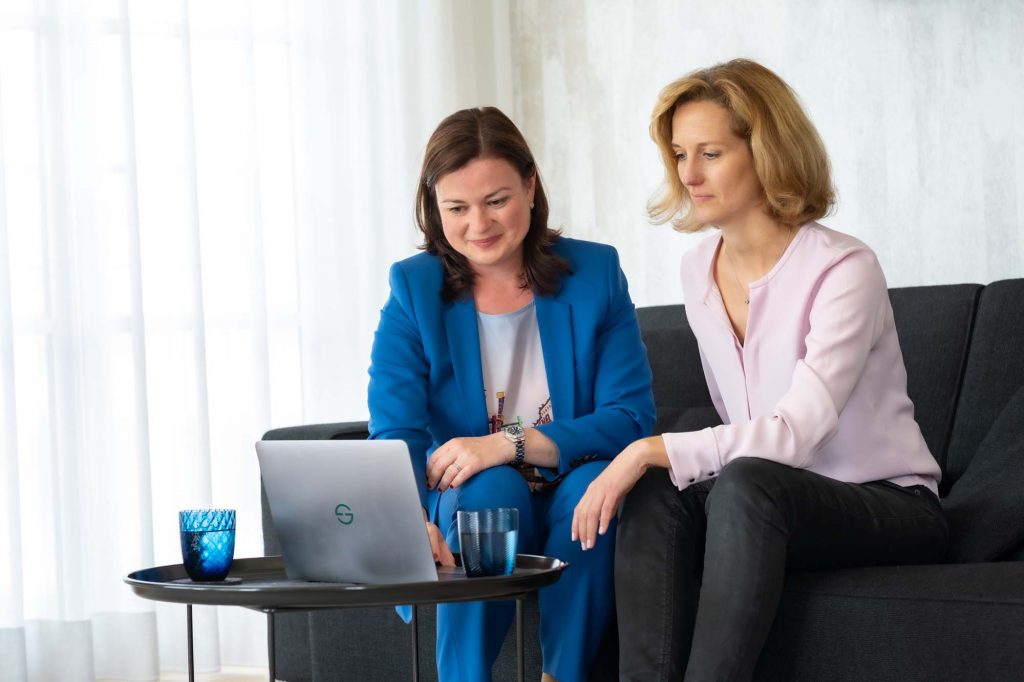Following our previous article which provided a comprehensive review of the first four years of the Trade Secrets Act (GeschGehG), we now focus on the latest judicial developments in the area of trade secrets protection that might be of interest to you. Since the introduction of the GeschGehG, the legal landscape regarding the recognition and enforcement of trade secrets has significantly changed. Information that is not publicly known and secured by appropriate protective measures now enjoys protection as trade secrets under § 2 Nr. 1 a) and b) of the GeschGehG. The law follows the principle: “No protection without appropriate measures.” However, the exact definition of appropriate protective measures remains open. Recently, courts have provided important guidance on this aspect.
Importance of Appropriate Protective Measures
The Trade Secrets Act (GeschGehG) protects information that is not publicly accessible and is secured by suitable protective measures. Courts emphasize that the appropriateness of protective measures depends on various factors, such as the value of the secret and the development costs.
The Higher Regional Court of Hamm, in its judgment of 15.09.2020 – 4 U 177/19 – [Whisper Aggregate], clarified that appropriateness is a flexible and open characteristic, following the idea of proportionality, and is determined by the specific circumstances of each case. Not required are secrecy measures that ensure optimal protection, as this would overly restrict the concept of secrecy. Therefore, a relative and dynamic standard is applied. The decisive perspective for legal evaluation is that of an objective, reasonable observer from the respective industry-specific circles. The court thus emphasizes the importance of industry-standard standards and lists the following criteria to be considered in determining appropriateness:
- Nature and economic value of the secret: the cost of the secrecy measure must be in a reasonable ratio to the value of the Trade secret (without assuming a rigid cost-value ratio),
- Industry sector & industry-standard security measures,
- Degree of competitive advantage through secrecy,
- Difficulties of maintaining secrecy and specific risk situation,
- Company size and performance capability.
The background of the decision was a case where a globally operating company, which had held a dominant market position for decades, had failed to pursue violations of secrecy and even left some of the company’s files freely accessible without any secrecy measures. The Higher Regional Court of Hamm therefore considered the measures taken by the company as not appropriate.
However, there are still many uncertainties with these criteria set by the court, and the assessment in individual cases is still rarely entirely clear. From this uncertainty, at least the principle can be derived that secret holders are well advised to set up and document a protection system, orienting themselves towards “better too much protection than too little.” Otherwise, they risk their measures being deemed not appropriate, thus failing to achieve protection for their secret.
Current Jurisprudence and Specific Protective Measures
Recent jurisprudence examines the requirements for the protection of Trade secrets and the associated burden of proof more closely. A key point is that companies must specifically demonstrate which protective measures they have taken for each Trade secret.
Required Protective Measures
- The “Need to know” principle, which restricts access to confidential information to certain employees, is recognized by many courts as a fundamental protective measure (see Higher Regional Court of Schleswig, judgment of 28.04.2022 – 6 U 39/21).
- A mere reference to general IT guidelines is not considered sufficient evidence for technical protective measures (see Labor Court of Aachen, judgment of 13.01.2022 – 8 Ca 1229/20).
- According to the Higher Regional Court of Schleswig, standard TLS encryption for emails may be insufficient for particularly valuable Trade secrets (Higher Regional Court of Schleswig, see above).
The Special Case of Reverse Engineering
The Labor Court of Aachen highlights the challenges in proving cases involving reverse engineering (see Labor Court of Aachen, judgment of 13.01.2022 – 8 Ca 1229/20). The situation becomes particularly delicate when a trade secret could potentially be obtained through the legitimate disassembly of competitor products. In such cases, the owner of the secret must detail that their product is based on knowledge that is not publicly accessible. It is important to highlight the specific features of the products to identify potential knowledge advantages over competitors. This requirement poses a significant challenge for proving the Trade secret.
The judgment raises questions, particularly regarding how information obtained through reverse engineering should be legally treated. Although reverse engineering is not considered a violation of the trade secret according to § 3 GeschGehG, it must be clearly differentiated whether such information is generally accessible or qualifies as a trade secret. A review of this legal interpretation by higher courts in favor of secret holders would be desirable.
To the point
It is foreseeable that the jurisprudence regarding the Trade Secrets Act (GeschGehG) will continue to evolve and become more precise. For owners of trade secrets, this means increasingly complex requirements to meet the necessary burden of proof. General statements about protective measures are likely to be no longer accepted by the courts in the future. Especially the newly established special chambers at the regional courts in various federal states in 2022 could impose stricter standards on the presentations of secret holders.
For companies, this results in the necessity not only to implement comprehensive protective measures for their trade secrets but also to be able to prove these in detail. This might also involve specifying exactly which groups of people have access to the respective secrets. This development underscores the importance of a comprehensive and well-documented protection concept for trade secrets. Such a concept should include technical, organizational, and contractual elements and consider the integration of the company’s employees. Without a clearly structured and effective protection system, Trade secrets could lose their protective effect and be difficult to defend in legal disputes. We are happy to support you.
